|
Published on Archi.ru (https://archi.ru) |
|
| 23.03.2020 | |
|
Evgeny Gerasimov: “Neoclassical architecture is like an aptitude test” |
|
|
Alyona Kuznetsova |
|
| Studio: | |
| Evgeniy Gerasimov & partners | |
|
Evgeny Gerasimov meditates on the importance of the classical school, attention to detail, building materials, as well as speaks about budget planning, and about the marks that you cannot overstep if you are designing a neoclassical building. Archi.ru: 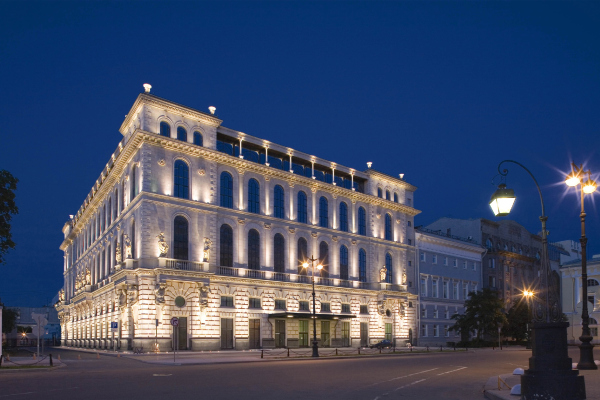 Office building at the Ostrovsky Square, 2008Copyright: Evgeniy Gerasimov and Partners © photograph by Oleg Manov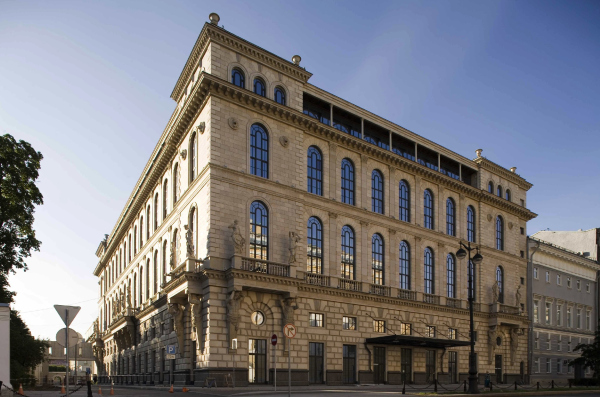 Office building at the Ostrovsky Square, 2008Copyright: Evgeniy Gerasimov and Partners © photograph by Oleg Manov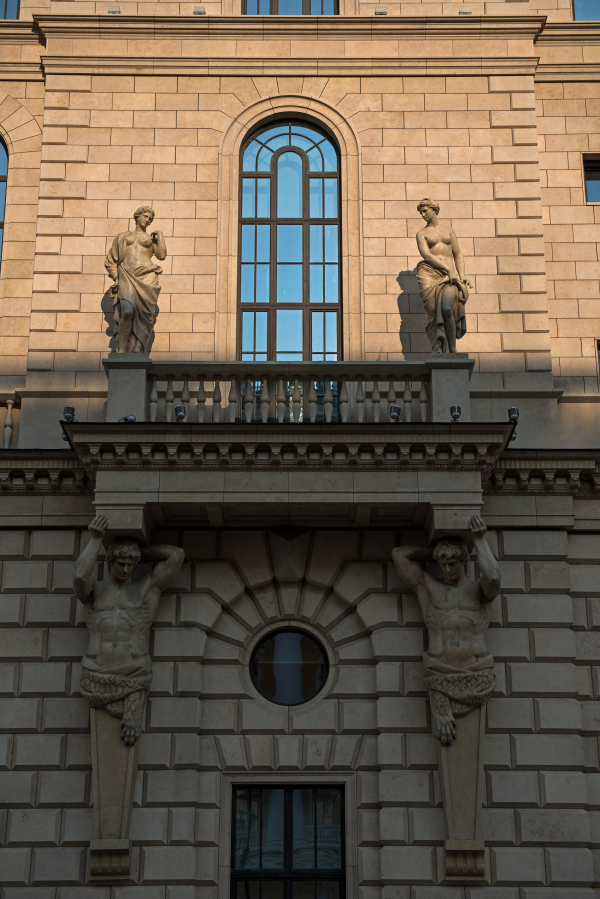 Office building on the Ostrovsky Square, 2008Copyright: Evgeniy Gerasimov and Partners © photograph by Oleg Manov Office building at the Ostrovsky Square, 2008Copyright: © Evgeniy Gerasimov and Partners Office building at the Ostrovsky Square, 2008Copyright: © Evgeniy Gerasimov and Partners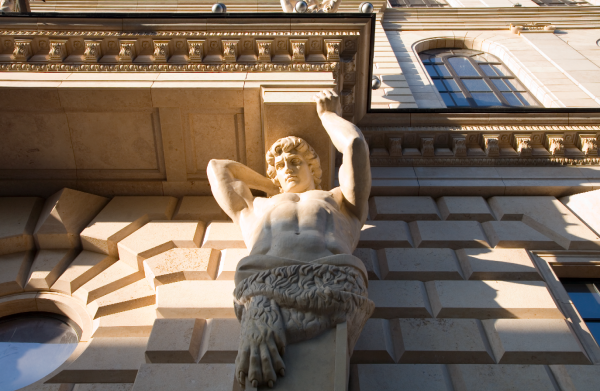 Office building at the Ostrovsky Square, 2008Copyright: Evgeniy Gerasimov and Partners © photograph by Yuri Slavtsov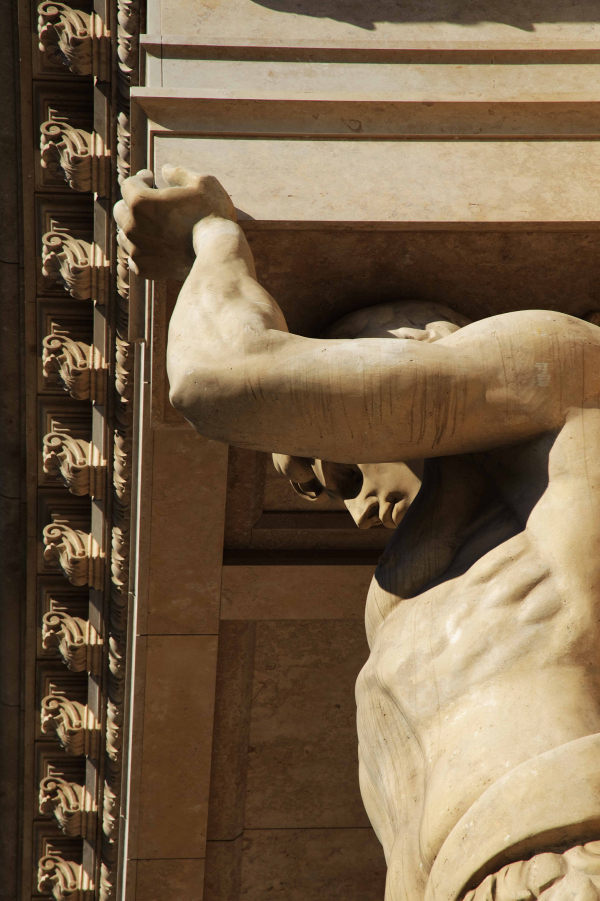 Office building on the Ostrovsky Square, 2008Copyright: Evgeniy Gerasimov and Partners © photograph by Oleg ManovIn what cases do you turn to neoclassical architecture? For us, this is just one of our branches – neither a priority nor a secondary one. We are well aware that there is a demand for it; in some certain places, the clients want to order specifically neoclassical things, and this coincides with our aspirations – we are interested in experimenting in this direction. This branch is just as good as any other. In the city center, of course, such projects appear more frequently. It is common knowledge that classical architecture is essentially a certain language that is capable of communicating rather complex and interesting messages. Could you please give examples of such messages in any of your projects – when you communicated a certain message with the language of classical architecture? To me, this statement sounds highly controversial. I am against “literature” in architecture – these are two different kinds of art. Architecture, after all, is a visual art; it is not text. All these discussions about “what did the architect want to say?” are evil. When you look at Rossi’s creations, nobody knows what he wanted to say. You see him route the Galernaya Street between the Senate and Synod buildings, and he does this with a stunning coup de maitre, through an arch. And, as for the Bolshaya Morskaya, he also brings it to the Palace Square with an arch. This is the ultimate architectural mastery; you really don’t have to look for some “hidden meaning” because it’s just not there. Architecture is all about organizing space, and he organized it with consummate skill. It has more craftwork than lyricisms about it. When you do neoclassical architecture, it is crucially important to master the craftwork, the basics of the profession. You cannot overstep some certain borders set by the school. For example, when I see on the outer corner of the building rusticated stucco on the one side and polished granite on the other, that literally drives me nuts. This is carelessness, misunderstanding of form, and lack of knowledge of the very basics of the profession. That is to say – if you want to build a good classic, it is enough to know everything about the antique architecture? No, not like that! You can be a great connoisseur but a musical critic is one thing, and a composer is another. Knowledge is a necessary, yet insufficient, condition for creating a decent project that you will not be ashamed to show to people. You also need to have skills, experience, and mastery, even if I sound overdramatic.  “Venice” housing complex, 2013Copyright: Evgeniy Gerasimov and Partners © Photograph by Aleksey Naroditskiy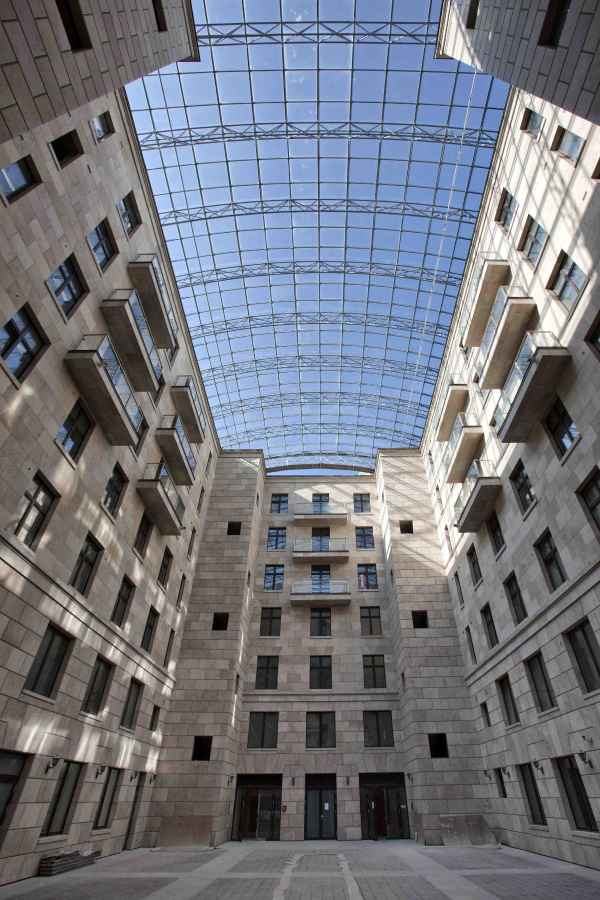 “Venice” housing complex, 2013Copyright: Evgeniy Gerasimov and Partners © Photograph by Aleksey Naroditskiy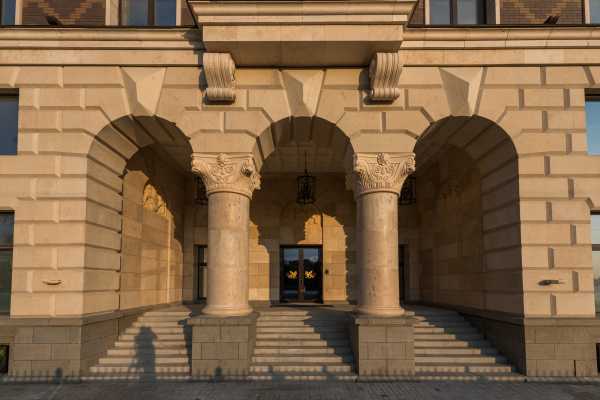 “Venice” housing complex, 2013Copyright: Evgeniy Gerasimov and Partners © Photograph by Yuri Slavtsov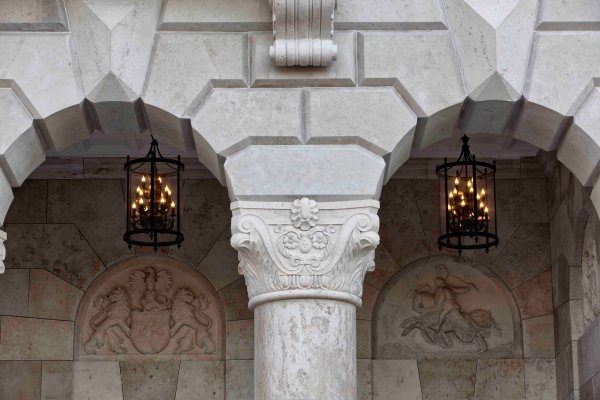 “Venice” housing complex, 2013Copyright: Evgeniy Gerasimov and Partners © Photograph by Yuri Molodkovets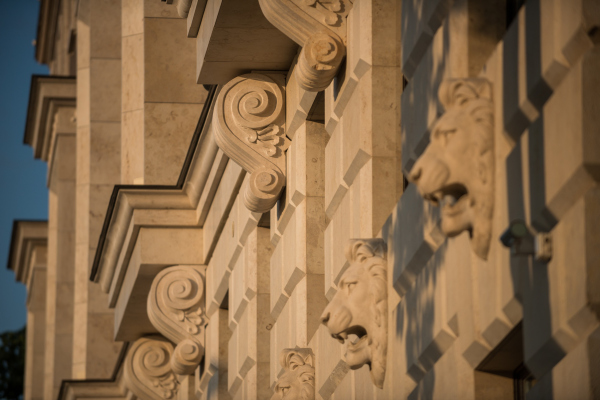 “Venice” housing complex, 2013Copyright: Evgeniy Gerasimov and Partners © Photograph by Yuri Slavtsov “Venice” housing complex, 2013Copyright: Evgeniy Gerasimov and Partners © Photograph by Yuri Slavtsov “Venice” housing complex, 2013Copyright: Evgeniy Gerasimov and Partners © Photograph by Yuri Slavtsov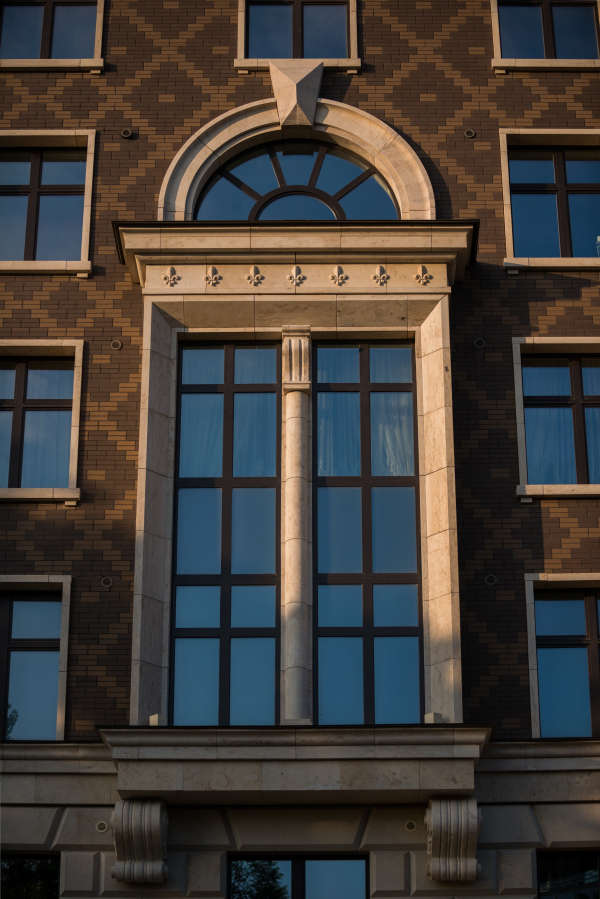 “Venice” housing complex, 2013Copyright: Evgeniy Gerasimov and Partners © Photograph by Yuri Slavtsov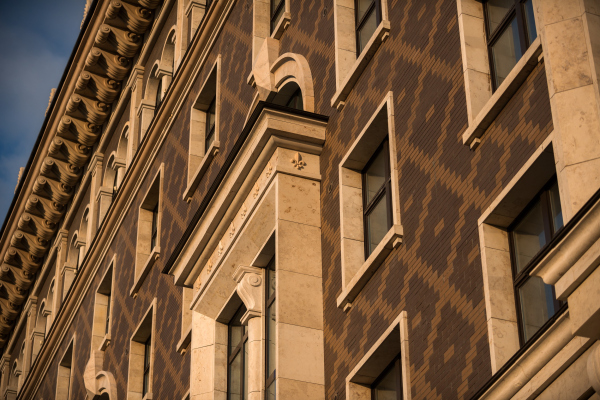 “Venice” housing complex, 2013Copyright: Evgeniy Gerasimov and Partners © Photograph by Yuri Slavtsov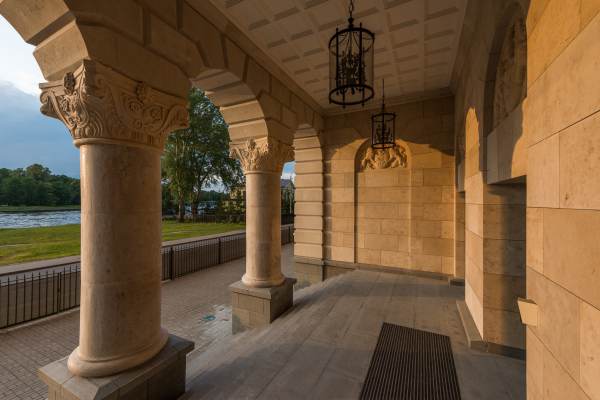 “Venice” housing complex, 2013Copyright: Evgeniy Gerasimov and Partners © Photograph by Yuri Slavtsov “Venice” housing complex, 2013Copyright: Evgeniy Gerasimov and Partners © Photograph by Yuri SlavtsovIs building a neoclassical project always expensive? Any building will be very expensive if you make everything from marble and gold. However, it can also be quite inexpensive, and there are lots of examples out there to prove that. In Rome, for example, everything is made of stone, and in Saint Petersburg, because money was always scarce, most of the classical buildings are actually stucco. However, at the same time, they never lost the culture of working with form – quite the opposite, it was honed because of the lack of resources. Kvarnegi, for example, designed a few quite modest buildings. The Catherine Institute or the Mariinsky Hospital have long flat facades, yet at the same time these buildings sport a beautiful main portico that actually consumed a lion’s share of the budget. This is just like a broach, which, if selected with good taste, can lighten up a modest dress. The effect does not necessarily equal money. 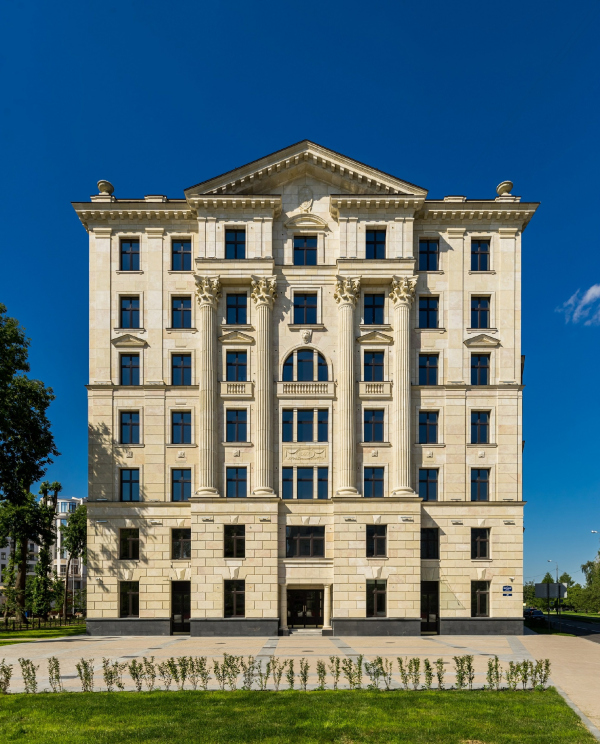 “Verona” housing complex, 2018Copyright: Photograph © Andrey Belimov-Gushchin / Evgeniy Gerasimov and Partners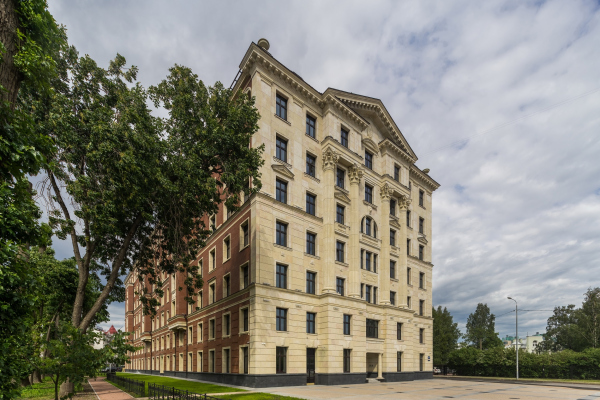 “Verona” housing complex, 2018Copyright: Photograph : Andrey Belimov-Gushchin © Evgeniy Gerasimov and Partners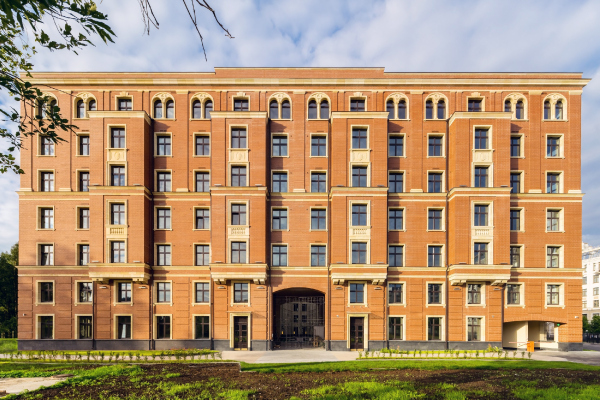 “Verona” housing complex, 2018Copyright: Photograph © Andrey Belimov-Gushchin / Evgeniy Gerasimov and Partners “Verona” housing complex, 2018Copyright: Photograph © Andrey Belimov-Gushchin / Evgeniy Gerasimov and Partners “Verona” housing complex, 2018Copyright: Photograph © Andrey Belimov-Gushchin / Evgeniy Gerasimov and Partners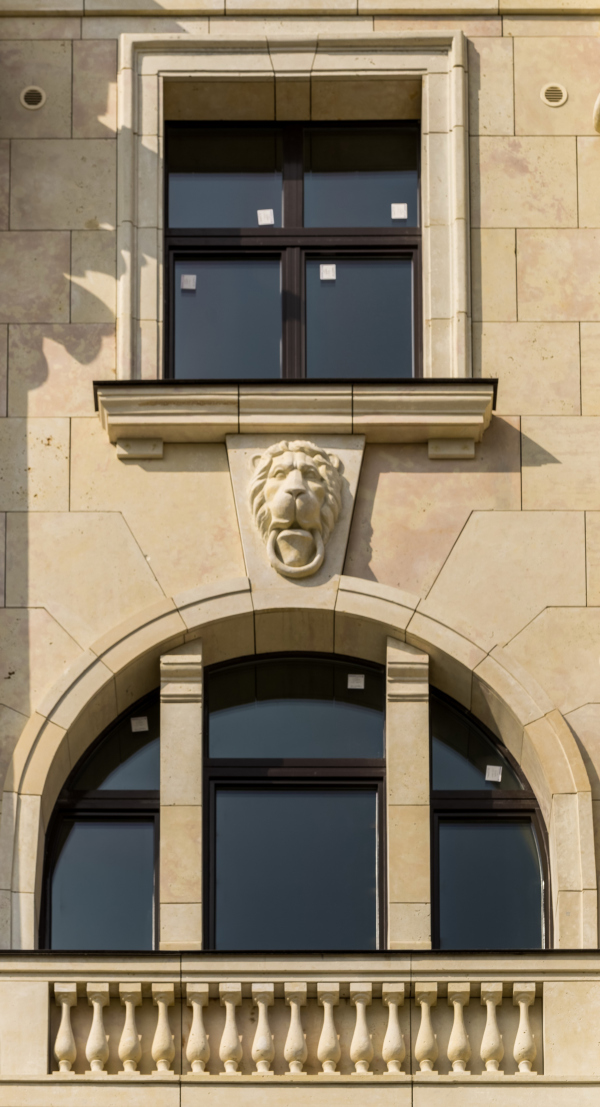 “Verona” housing complex, 2018Copyright: Photograph © Andrey Belimov-Gushchin / Evgeniy Gerasimov and Partners “Verona” housing complex, 2018Copyright: Photograph © Andrey Belimov-Gushchin / Evgeniy Gerasimov and Partners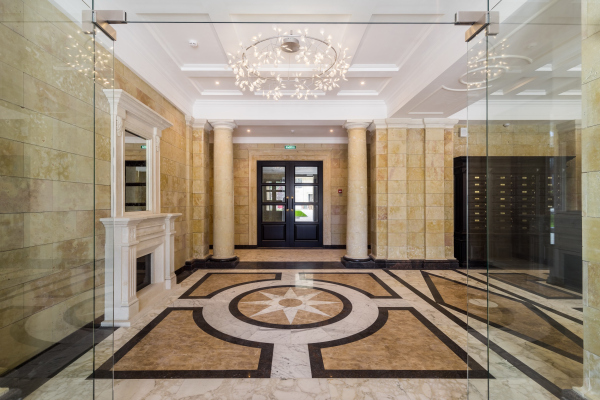 “Verona” housing complex, 2018Copyright: Photograph © Andrey Belimov-Gushchin / Evgeniy Gerasimov and PartnersYes, but still, neoclassical architecture belongs in the high-end segment, doesn’t it? Yes, it is, even though this could have been otherwise. The neoclassical architecture of the late 1950’s was done in rather simple forms. Let’s remember two houses designed by Sergey Speransky on the Moskovskaya Square, the ones that flank the Leninsky Avenue – they are very simple, decorated with tiles, with little accents. But they look beautiful even today! Why cannot mass housing look like that? A whole city block of such houses with an appropriate number of floors and appropriate proportions, somewhere on the Pulkovskoe Avenue – how cool would that be? Adjusting neoclassical architecture to a 25-story-high housing complex is in fact quite possible. The architects of the Stalin epoch tackled that task with ease. The Soviet architects of the 1930’s-1950’s – the whole Zholtovsky galaxy — had such a great pre-revolution school, and were so professional that when in 1932 the communist government said “we are building this and this”, they were fully prepared for that. They did not have a shadow of a doubt what to do, and how. They achieved the ultimate mastery of taking the neoclassical architecture to any scale: stadiums, water dams, the VDNKh exhibition complex. Their sturdy background allowed them to easily respond to the social commission.  "Pobedy, 5" housing project, 2014Copyright: Evgeniy Gerasimov and Partners © Photograph by Yuri Slavtsov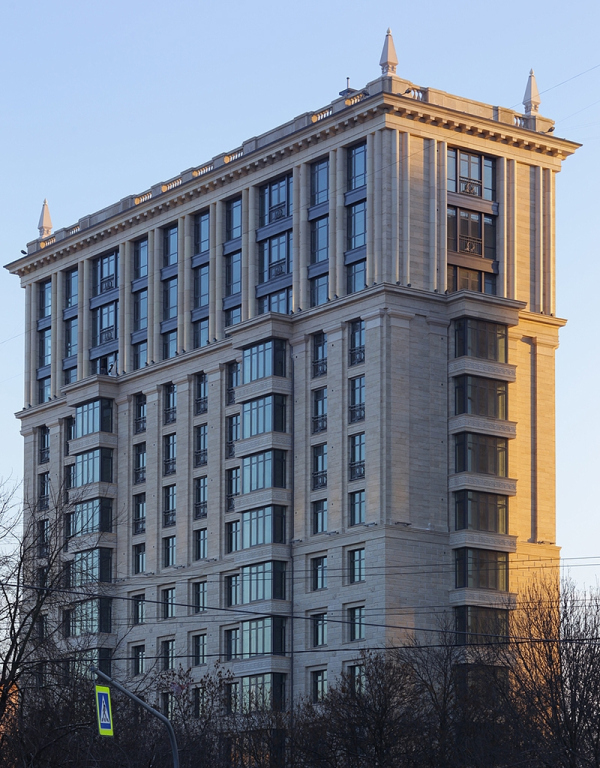 "Pobedy, 5" housing project, 2014Copyright: © Evgeniy Gerasimov and Partners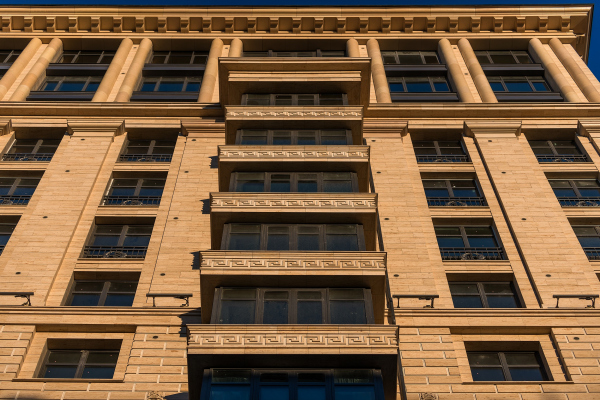 "Pobedy, 5" housing project, 2014Copyright: Evgeniy Gerasimov and Partners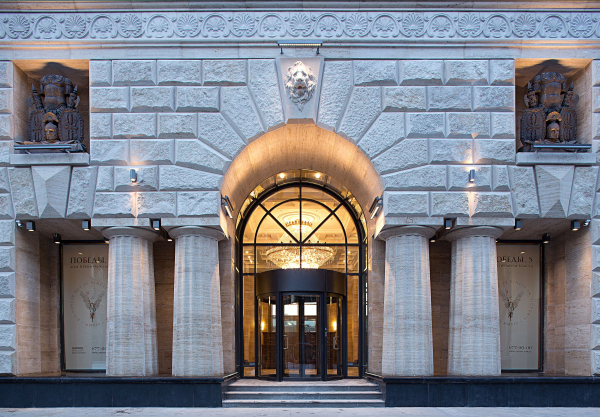 "Pobedy, 5" housing project, 2014Copyright: Evgeniy Gerasimov and Partners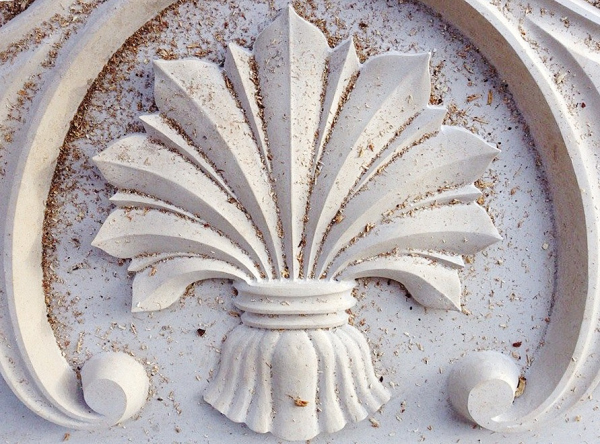 "Pobedy, 5" housing project, 2014Copyright: Evgeniy Gerasimov and Partners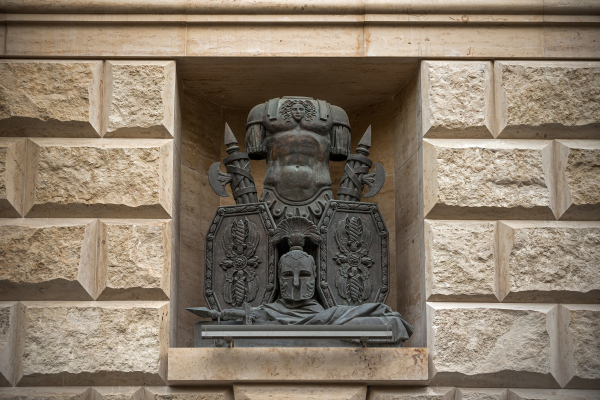 "Pobedy, 5" housing project, 2014Copyright: Evgeniy Gerasimov and Partners "Pobedy, 5" housing project, 2014Copyright: Evgeniy Gerasimov and Partners "Pobedy, 5" housing project, 2014Copyright: Evgeniy Gerasimov and Partners "Pobedy, 5" housing project, 2014Copyright: Evgeniy Gerasimov and Partners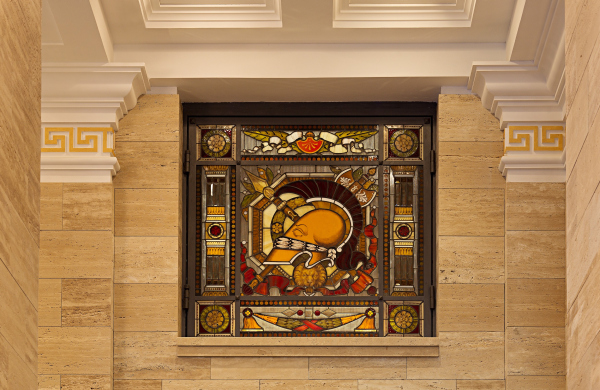 "Pobedy, 5" housing project, 2014Copyright: Evgeniy Gerasimov and Partners "Pobedy, 5" housing project, 2014Copyright: Evgeniy Gerasimov and PartnersMeaning, it’s not the budget that matters, but the architect’s mastery and quality of execution? Neoclassical architecture does not like things that are incomplete or left to chance. Other kinds of architecture sometimes do allow of such things – take Frank Gehry as an example. If we are to look carefully at the Guggenheim Museum in Bilbao, we will see that the facade subsystems are misaligned, the construction quality is appalling, and the guiding rails stick out from underneath the tiles – they miscalculated it. In that project, however, it is quite acceptable, and is perceived as homage to deconstructivism. Neoclassical architecture allows of no such things, it just cannot be incomplete. Another important point is that the client may not be aware of the costs of the project, but the architect has to be. You must be able to match your ideas with your capabilities, in order to make sure very early on that you don’t mess it up and don’t draw something that just cannot be built with the budget that you have. Cut your coating according to your cloth. And this is also part of your professionalism. Just like in any other business: a chef must know what ingredients in what price bracket he must purchase so as to meet the customer’s expectations. Otherwise, it’s going to look very funny, like a person walking around with a Ferragamo briefcase, but barefoot. Hence the banisters made from angle bars, or the building gets damp and starts falling apart after the first winter. Neoclassical architecture is like an aptitude test. It’s a challenge that few can cope with. It’s one thing making renders on your computer – it’s quite easy, the possibilities of the modern 3D design software are virtually endless. However, the proof of pudding is in the eating, as the founders of Marxism-Leninism taught us. Probably because of that neoclassical architecture is not mainstream. Mainstream, on the other hand, is either hyper-modernism or jokes in the spirit of MVRDV.  High-end residential complex Art View House on the Moika Embankment, 102, 2019Photograph © Andrey Belimov-Gushchin / Evgeniy Gerasimov & partners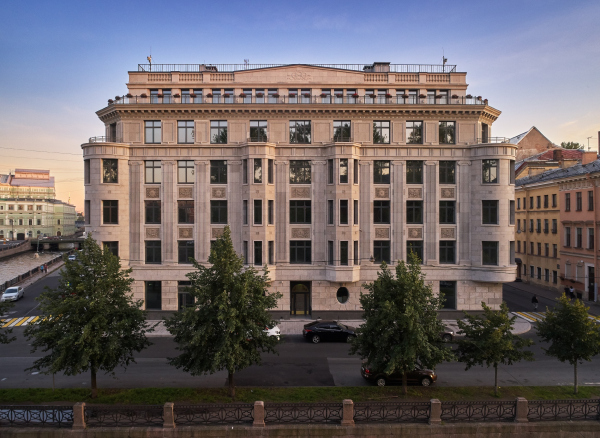 High-end residential complex Art View House on the Moika Embankment, 102, 2019Photograph © Andrey Belimov-Gushchin / Evgeniy Gerasimov & partners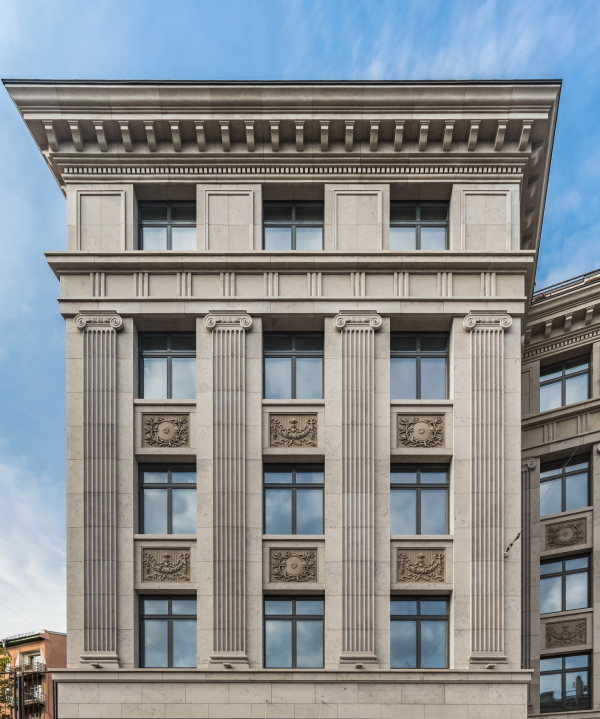 High-end residential complex Art View House on the Moika Embankment, 102, 2019Copyright: Photograph © Andrey Belimov-Gushchin / Evgeniy Gerasimov and Partners High-end residential complex Art View House on the Moika Embankment, 102, 2019Copyright: Photograph © Ilia Priporov / Evgeniy Gerasimov and Partners Art View House on the Moika WaterfrontPhotograph © Andrey Belimov-Gushchin / Evgeniy Gerasimov & partners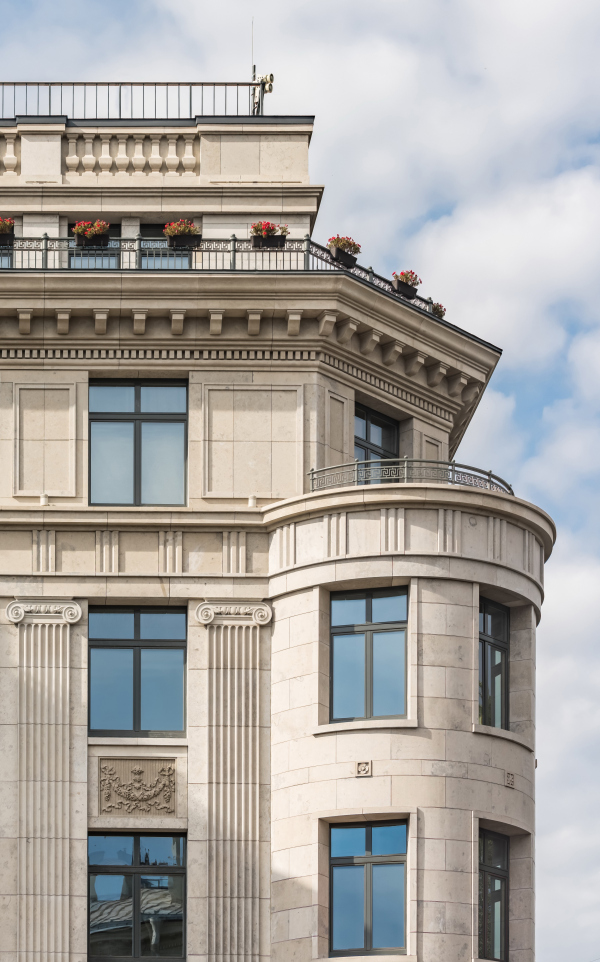 High-end residential complex Art View House on the Moika Embankment, 102, 2019Copyright: Photograph © Andrey Belimov-Gushchin / Evgeniy Gerasimov and Partners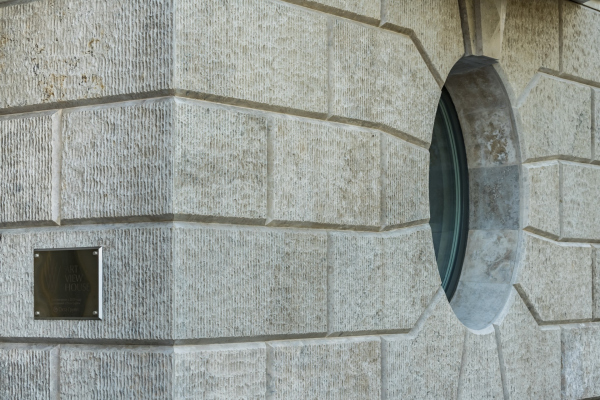 High-end residential complex Art View House on the Moika Embankment, 102, 2019Copyright: Photograph © Andrey Belimov-Gushchin / Evgeniy Gerasimov and Partners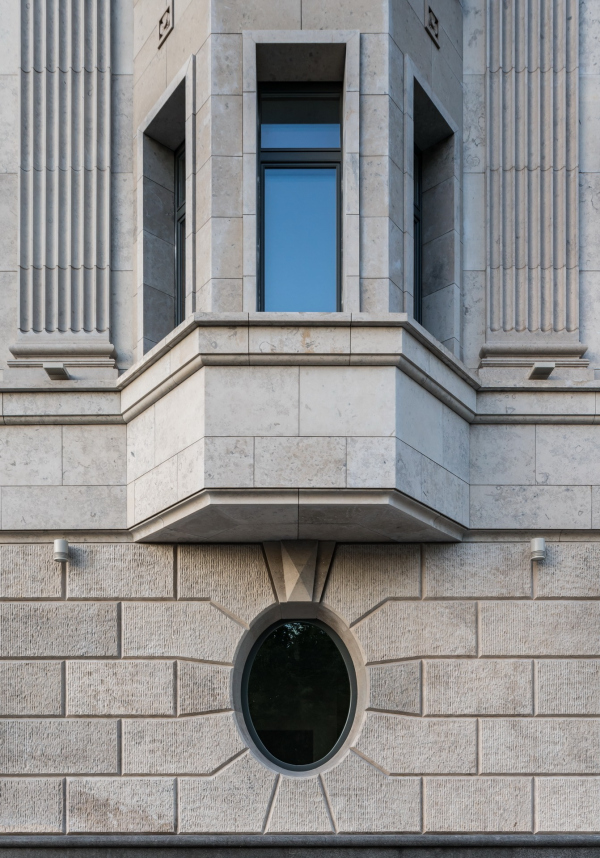 High-end residential complex Art View House on the Moika Embankment, 102, 2019Photograph © Andrey Belimov-Gushchin / Evgeniy Gerasimov & partners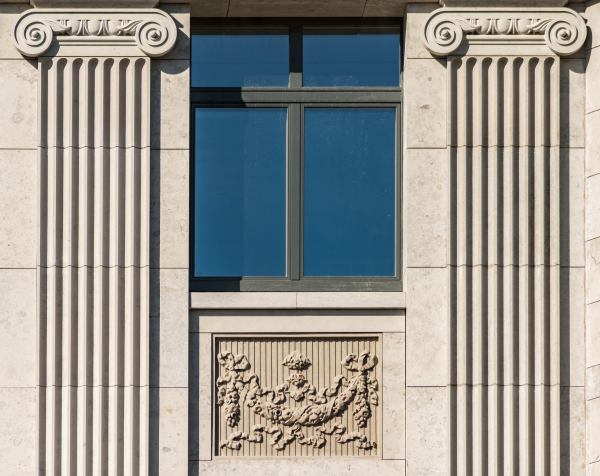 High-end residential complex Art View House on the Moika Embankment, 102, 2019Photograph © Andrey Belimov-Gushchin / Evgeniy Gerasimov & partnersDoes it make sense to speak about evolution of this style in your company’s projects? Getting more sophisticated, perhaps? In terms of pure drawing, probably no! Compared to the centuries of neoclassical architecture, twenty five years are but a fleeting moment. Rather, we have been evolving in terms of technology, which never stops developing. Executing such sophisticated components of the building as on Moika 102 was unthinkable a few years ago. This expands the architect’s capabilities; you can include into your projects more elements that are made at a factory, and not by the stucco artist. Seriously, this is very cool that a perfect Ionic column cap can be easily made with a machine, and then just mounted on the construction site, like in an erector set. So it means that “neoclassical is in the details”? Yes, pretty much so. An architect’s task is not fulfilled if you don’t feel like coming up close and touching the building. And I don’t feel like coming up close if I can see what it is all about from a hundred meters away: I get the idea, thank you, that’s enough. And sometimes you do feel like coming up close and checking out just how exactly it was done. All David Chipperfield buildings are like that. They are seemingly simple – but you at once get a lot of questions: how did the cast the concrete, how one matches the other, how was the window fitted into the concrete cast, how was the molding made? Amazing! Adam Caruso and Peter St John are also great masters of detail. Their bank in Bremen, Germany, is absolutely superb. Details are particularly important where they can be closely examined – that is, on the bottom floors. You can simplify as you go higher, but you also have to do that smart. If we are to examine the sculptures of the Admiralty from a close range, it may seem that they all have dropsy. However, my architectural experience tells me that the author new how they would be perceived from a distance, in the air perspective. A person must want to come closer to the building and touch it. And we are trying to achieve such tactile attractiveness in each of our projects. So that are building would be interesting to look at from two, twenty, and two hundred meters away. |
|